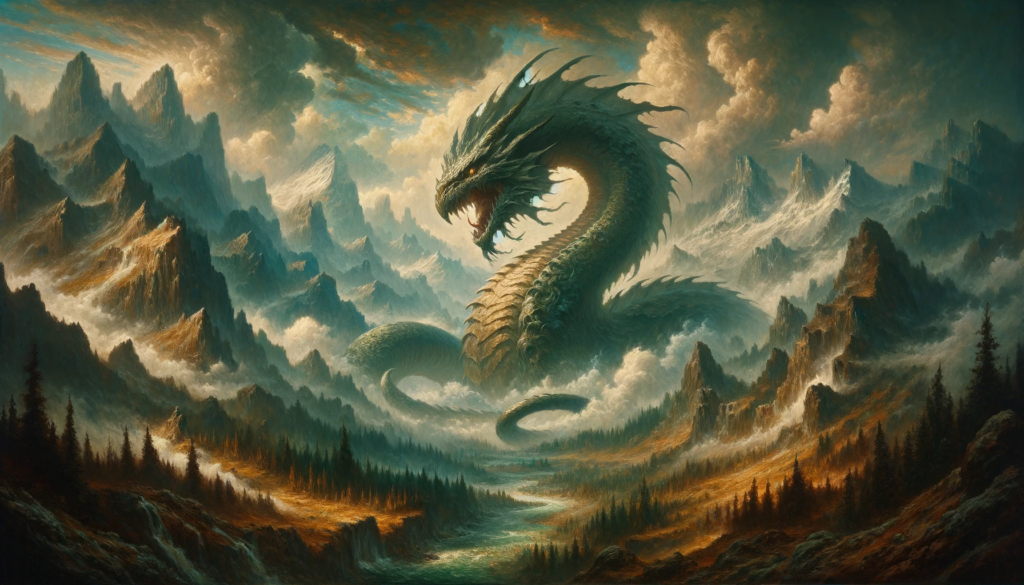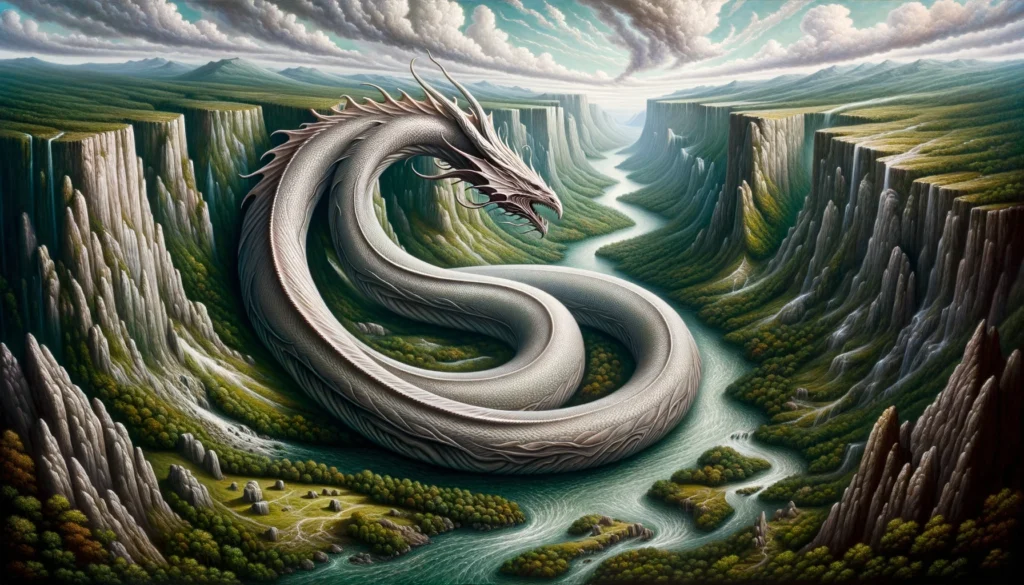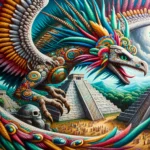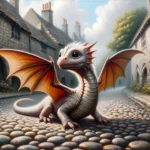Dragons have always held a special place in human folklore and mythology, with each culture weaving its own unique tapestry of legends and tales. Among these magnificent creatures, the Wyrm Dragon stands as a mysterious and captivating figure. In this article, we embark on a journey to unravel the enigma of the this Dragon and explore its origins, characteristics, and the role it plays in the rich tapestry of dragon lore.
Origins of the Wyrm Dragon
The term “Wyrm” itself traces its roots to Old English and Old Norse, where it referred to a serpent or a dragon-like creature. In various mythologies, Wyrm-like creatures often symbolise chaos, destruction, or the forces of nature. However, this Dragon, as a distinct entity, has emerged from a blend of different cultural influences.
Characteristics of the Wyrm Dragon
Physical Appearance
The appearance of the Wyrm Dragon is a subject of much speculation and variation across different legends. Unlike the more common depictions of dragons with wings and scales, this dragon is often portrayed as a long, serpentine creature. Its body can be covered in scales or appear more reptilian, but it typically lacks wings and limbs.
Elemental Affinities
In some myths, the Wyrm Dragon is associated with specific elements. For instance, in Norse mythology, Jörmungandr, often referred to as a Wyrm, is a sea serpent that encircles the world, representing the chaotic forces of the ocean. In contrast, other tales link these dragons to fire, earth, or even poison, emphasising their connection to destructive or primordial forces.
Behaviour and Abilities
The behaviour and abilities of Wyrm Dragons are as diverse as their appearances. Some legends portray them as malevolent beings that bring chaos and destruction, while others cast them as guardians of ancient treasures or protectors of hidden knowledge. Their abilities can range from breathing fire or venom to having immense strength and durability.

Cultural Significance
The Wyrm Dragon’s significance varies across cultures. In Nordic mythology, the aforementioned Jörmungandr plays a pivotal role in the end-of-days scenario, where it battles Thor during Ragnarök. In contrast, Chinese culture associates dragon symbolism with power, strength, and auspiciousness, but these creatures in their folklore might represent darker forces.
Modern Interpretations
In modern literature, fantasy, and pop culture, Wyrm Dragons continue to capture the imagination. They often appear in novels, movies, video games, and tabletop role-playing games. These contemporary depictions draw inspiration from the diverse array of legends, creating unique and compelling interpretations of this mythical beast.
Conclusion
The Wyrm Dragon, with its serpentine form and multifaceted nature, stands as a testament to the enduring fascination with dragons in human culture. Its origins may be shrouded in mystery, but its presence in mythology and modern storytelling continues to inspire awe and wonder. Whether seen as a symbol of chaos, a guardian of hidden treasures, or a force of nature, this dragon remains an intriguing and captivating figure in the ever-evolving tapestry of dragon lore.
For more dragon content please subscribe to the Everything Dragon YouTube Channel or follow us on Instagram




